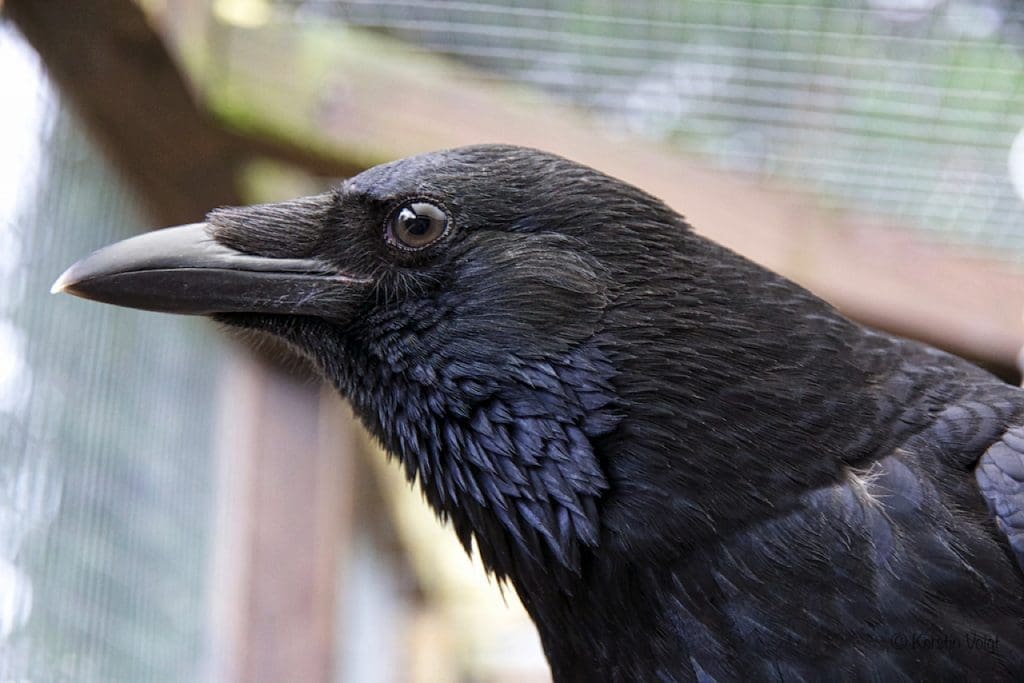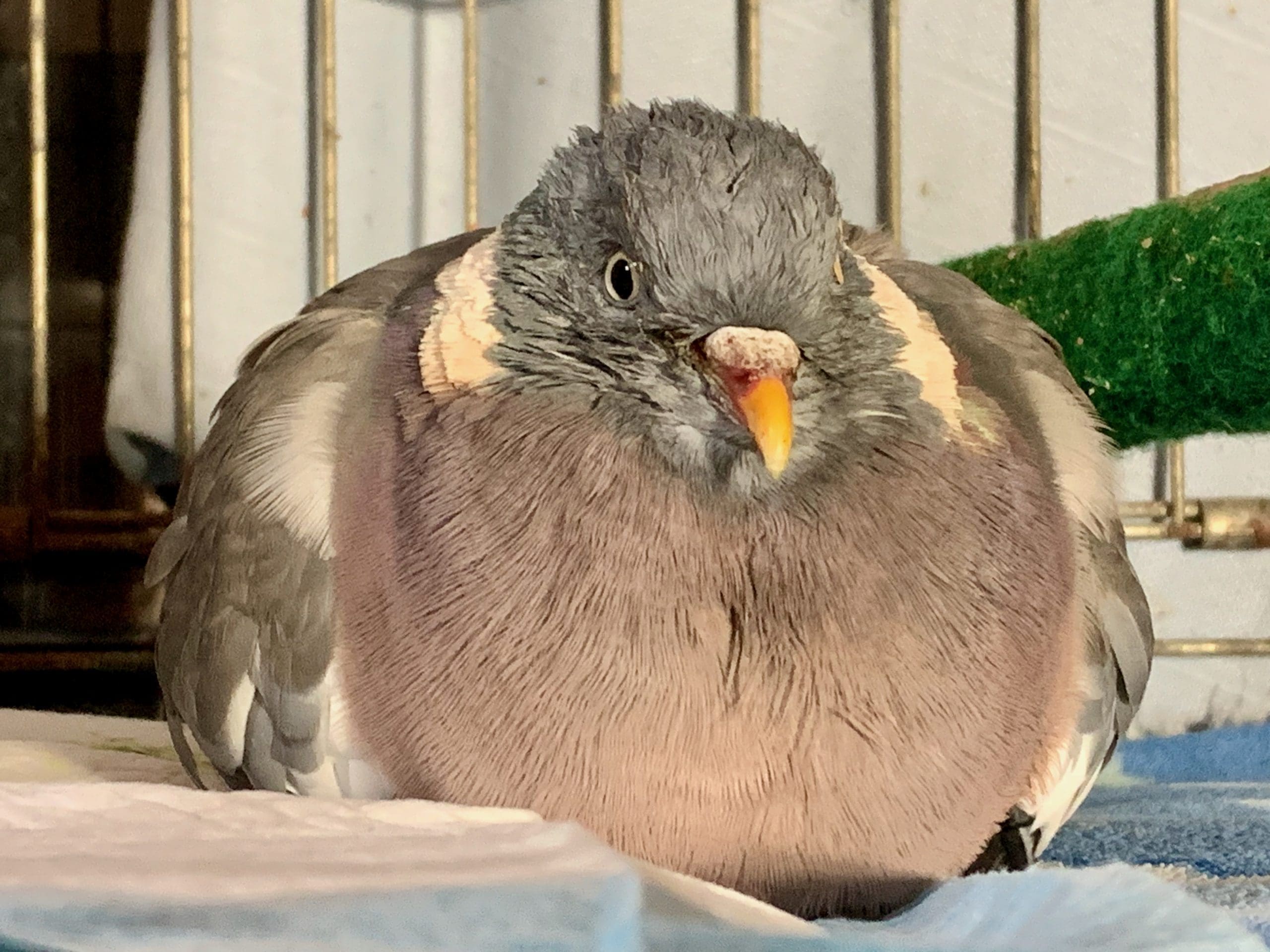
It is usually not difficult to differentiate between adult rooks (Corvus frugilegus) and carrion crows (Corvus corone). Both species may look similar at the first glance, because both have black feathers that can also look glossy. However, the long pale and pointy beak, with bare skin around its base, is the most striking and characteristic feature of rooks. It is also worth knowing that rooks nest collectively in tall trees, often close to farms or villages, which are known as rookeries. In contrast, carrion crows are fairly solitary and are usually found alone or in pairs, although they may form occasional non-breeding flocks. Unlike rooks, carrion crows do nest solitary, maintaining a large breeding territory centred around the nest.

Additional help and information about how to identify adult corvids including rooks and carrion crows can be found on the British Trust for Ornithology website (BTO).
British Trust for Ornithology (BTO) – Identifying Corvids – Crow, Chough, Jackdaw, Rook and Raven
Continue reading “Identification of Juvenile Rooks and Carrion Crows”








